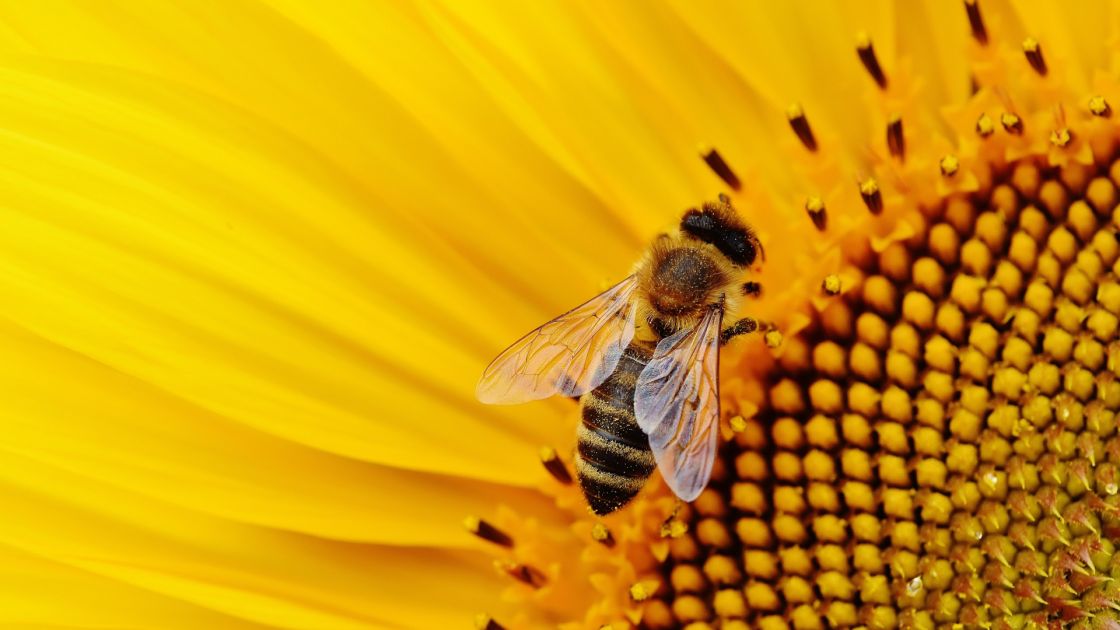Protecting Kangaroo Island’s world-renowned Ligurian bees
Wednesday 8 October 2025 Biosecurity

Biosecurity measures have been bolstered to protect Kangaroo Island’s world-famous Ligurian bee population from the parasitic pest varroa mite.
Every ferry bound for Kangaroo Island is now subject to biosecurity checks and a sentinel hive program has started to roll out across the island following the first detection of varroa mite in South Australia last month.
The Ligurian bee population was brought over from Italy in 1884 and Kangaroo Island’s isolation and biosecurity measures have protected it from disease and breeding with other types of honey bee.
As a declared bee sanctuary, there are restrictions on the movement of bees, honey and beekeeping equipment to Kangaroo Island. Random biosecurity checks of travellers on board ferry services to the island have been in place for over a decade.
Now, additional biosecurity staff have been employed to ensure checks are carried out on all ferry departures from Cape Jervis to Kangaroo Island.
A sentinel hive program is also being rolled out as an early warning system to help reduce the risk of varroa mite establishing and spreading on the island.
Sentinel hives are now in place at Cape Jervis, Penneshaw, Parndana and Kingscote Airport with a further six to be implemented across the island in coming months.
The hives are monitored regularly in collaboration between the Department of Primary Industries and Regions’ (PIRSA) Apiary Unit, the Kangaroo Island Biosecurity Program and Kangaroo Island beekeepers.
Following the detection of varroa mite in the Riverland last month, the Malinauskas Government acted swiftly to treat and remove all bee hives connected to the incursion from the state to protect South Australia’s apiary industry. No further detections have been made.